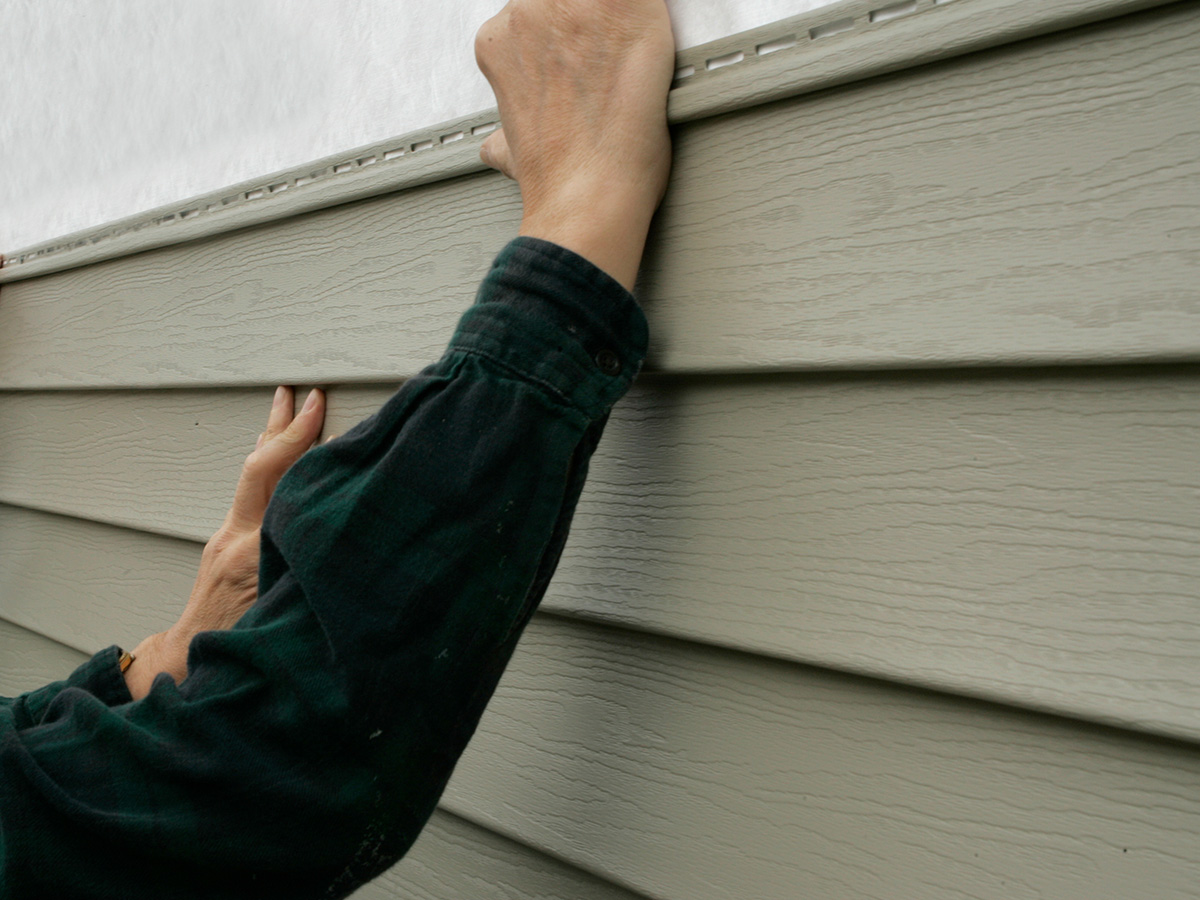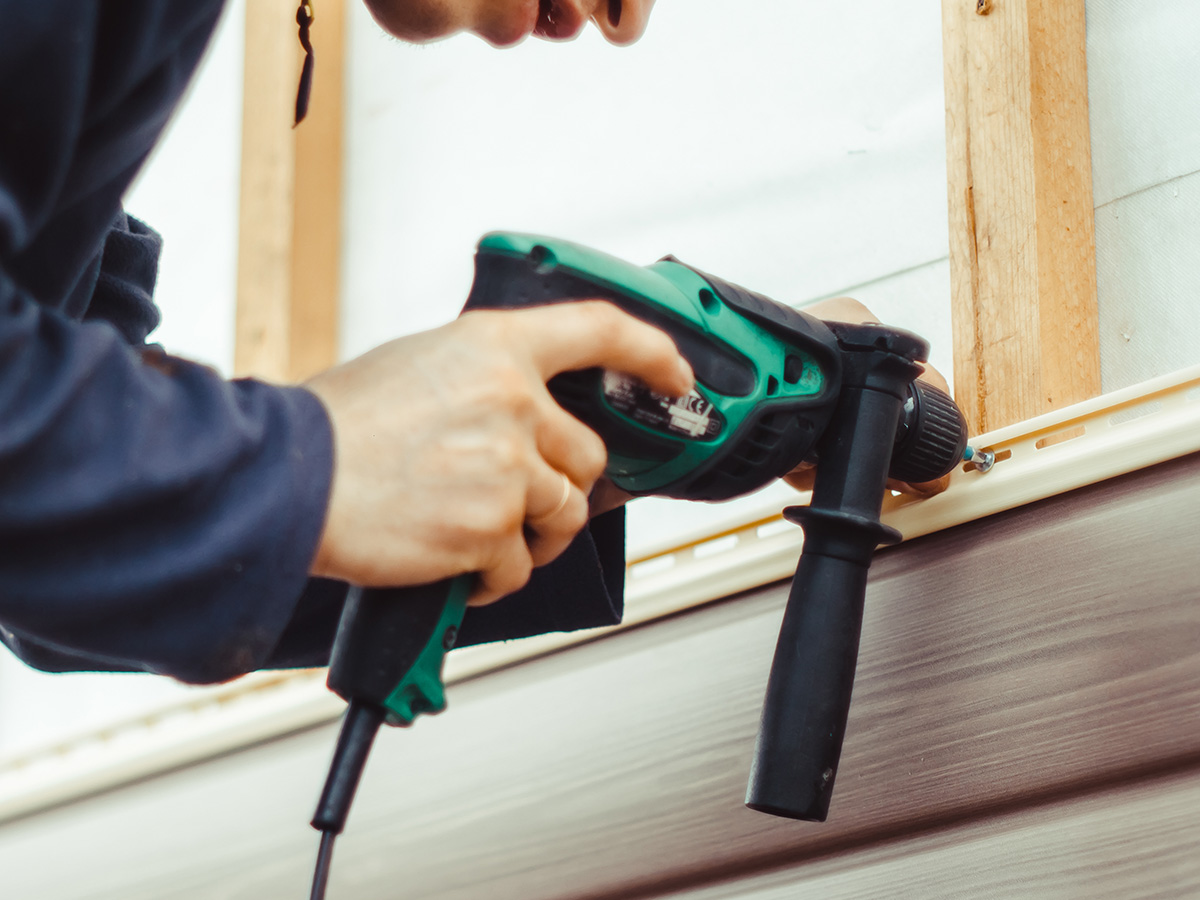When siding is installed properly, it adds both protection and curb appeal to your home. But when it’s not done right, problems can start showing up sooner than expected. Some of these issues are easy to spot like panels that don’t line up, but others stay hidden until real damage is done. And by that point, repairs will likely cost more than if the siding had just been installed correctly in the first place.
Bad siding installation isn’t just about looks. It can lead to moisture getting trapped behind the panels, energy leaks, and even long-term damage to your walls. While many homeowners trust that their siding is good to go after a fresh install, it helps to know what can go wrong and what signs to look for. Let’s take a closer look at why these details matter and how to avoid trouble down the line.
Why Proper Siding Installation Matters
Siding isn’t just a face for your home, it’s a barrier against the elements. If it’s installed the right way, it can handle wind, rain, and daily temperature changes with no problem. But if it’s done poorly, it leaves your home exposed. Water can slip through cracks, drafts can sneak in, and the structure itself may weaken over time.
Good installation helps your siding do what it was made for:
– Protects your house from harsh weather
– Keeps moisture away from the wall structure
– Seals in heating and cooling to lower energy bills
– Makes the outside of your home last longer
When these things are done right from day one, siding can stick around and hold up for years. But when corners are cut, even small ones, it can affect everything underneath it.
Let’s say someone installs the panels but doesn’t leave enough space for them to expand during hot weather. That siding may start to buckle or crack before the next season rolls around. Or maybe too many nails were used, pinning the panels too tightly. That alone can trap moisture and force it into the frame of the home. Over time, those mistakes can lead to warped boards, rot, or even mold behind the siding.
A quality finish matters, but so does everything happening under the surface. It’s what keeps the siding working like a strong outer shell rather than just a decorative layer.
Common Mistakes in Siding Installation
Even when the siding looks fine at first glance, installation errors can quietly lead to frustration later. It’s easy to think the job’s done after the panels go up, but what happens during installation makes all the difference in how long it lasts and how much trouble it might cause.
Here are some common issues that show up when the work isn’t done right:
1. Nailing Errors: Siding should be attached securely, but not too tight. Overdriven nails can stop the panels from shifting with weather changes, which leads to warping or cracking.
2. Improper Overlaps: Each panel should overlap the next correctly. If they’re too short or misaligned, water has a clear path to the wall underneath.
3. Faulty Flashing or Sealing: Flashing around windows and doors, along with sealants, helps keep moisture out. Poor application creates entry points for rain.
4. Skipping House Wrap or Moisture Barriers: These protective layers sit behind the siding and act as a second line of defense. Leaving them out leaves your home more exposed.
5. Uneven Installation: Crooked or misaligned rows can create gaps or weak spots that allow wind and water to move in.
These mistakes aren’t just cosmetic. They can cause pressure points in your siding and allow outside elements to slip in over time. Some of these issues show up fast, like panels pulling away or gaps forming after a storm. Others build slowly, like hidden water damage behind perfectly clean-looking siding.
If you’re looking at siding that feels a little bowed or if certain spots seem loose while the rest stays firm, those can be signs the original install wasn’t done right. Even neat-looking siding can cover up real issues if the prep work and alignment weren’t carefully done. Knowing what shortcuts to look out for can help homeowners ask better questions and know when it’s time to get things checked.
Problems Resulting From Incorrect Siding Installation
When siding isn’t installed correctly, problems can show up quickly or slowly cause damage without anyone noticing. One of the biggest concerns is water creeping behind panels and soaking into the walls. Once moisture gets in, it can lead to rot, mold, and weakened structures. That’s the kind of damage you usually don’t see until it’s already advanced.
Another issue is siding that pulls away or warps. This can happen when there’s no wiggle room left for expansion and contraction, which is a normal reaction to temperature swings. When siding is pinned down too firmly or it’s installed crooked, the panels fight against pressure, and over time they bend or even crack.
Then there’s the impact on your utility bills. If gaps are left open or if the siding doesn’t sit flush against your home, air can pass through. That means cooled air in the summer and heat in the winter leaks out way faster than it should. Poor insulation and air leaks push your HVAC system to work harder, which wears it down faster and adds cost.
Small mistakes like uneven seams or missing flashing might not look bad at first, but they can stack up. The siding is supposed to act as a barrier, but once water, wind, or pests find those entry points, it’s no longer doing its job. If left alone, these problems can spread past just one section and affect entire areas of your home’s exterior.
How to Identify Improper Siding Installation
Spotting bad siding installation isn’t always easy, especially if you’re not used to looking for issues. But there are a few warning signs homeowners can watch for that could point to a deeper problem.
Look out for:
– Gaps between panels or around window and door frames
– Panels that don’t look straight or are uneven with each other
– Nails that are popped out or rusted
– Warping, buckling, or bulging patches of siding
– Visible water stains or soft spots behind the siding
You might also notice increased drafts inside your house or a rise in heating and cooling bills. That’s sometimes a sign that something’s off with the sealing outside. Walk around your home and take a close look from every side. Run your hand along the siding. If it feels loose or rocks back and forth easily, that’s a red flag.
A good example is a family who had their siding installed right before summer. When the heat kicked in, the panels began to warp. As it turned out, the installer had forced everything too tight without leaving room for the vinyl to expand. Within just a few weeks, the affected wall looked distorted, and they ended up needing part of it replaced.
Paying attention to changes in how things look or how they feel can help catch small problems before they turn into serious repairs.
The Importance of Professional Siding Installation Services
Siding isn’t something that should be rushed through or handled by someone without experience. Professionals who specialize in siding installation services know how different materials behave, what kind of prep work is necessary, and how to get long-term results. They’re trained to spot early signs of trouble and correct them before a panel ever goes on the wall.
With proper planning and installation, many common issues like warping, leaks, and cold spots can be avoided. Skilled installers know how to line everything up evenly, apply moisture barriers, and secure the panels without choking them. That type of detailed work goes a long way in helping siding last and perform like it should.
A seasoned crew will also check behind-the-scenes areas that others might miss, like corners where water tends to collect or spots on the trim that need reinforced sealing. They’ll make sure there’s enough space for the siding to shift with temperature changes and that every nail is holding the panel, not harming it.
Choosing expert siding installation services helps you avoid headaches later. It takes the guesswork out of a job that’s more than just cosmetic. It’s about protecting your home’s bones, not just dressing it up on the outside.
Safeguard Your Home with Quality Siding Installation
Many people assume that siding issues only show up after years of wear. But the truth is, several serious problems start on day one with the install. When it’s done the right way, siding becomes a strong, good-looking cover that supports your home’s structure and saves energy. But when missteps happen early, they can quietly open the door to water damage, warped walls, and bigger repair bills later.
Whether you’re putting on new siding or replacing old panels, the most important part is who’s installing it. That one decision affects how well your home stays protected for the long haul. Getting the job done right the first time lets the siding do exactly what it’s meant to do, shield your home through every season.
To safeguard your home with a solid siding installation, our expert team is ready to help. With Roofing For Troops, you’re assured of professional siding installation services that keep your home protected through all seasons. Let us handle the details so you can enjoy a home that looks great and stands strong.


